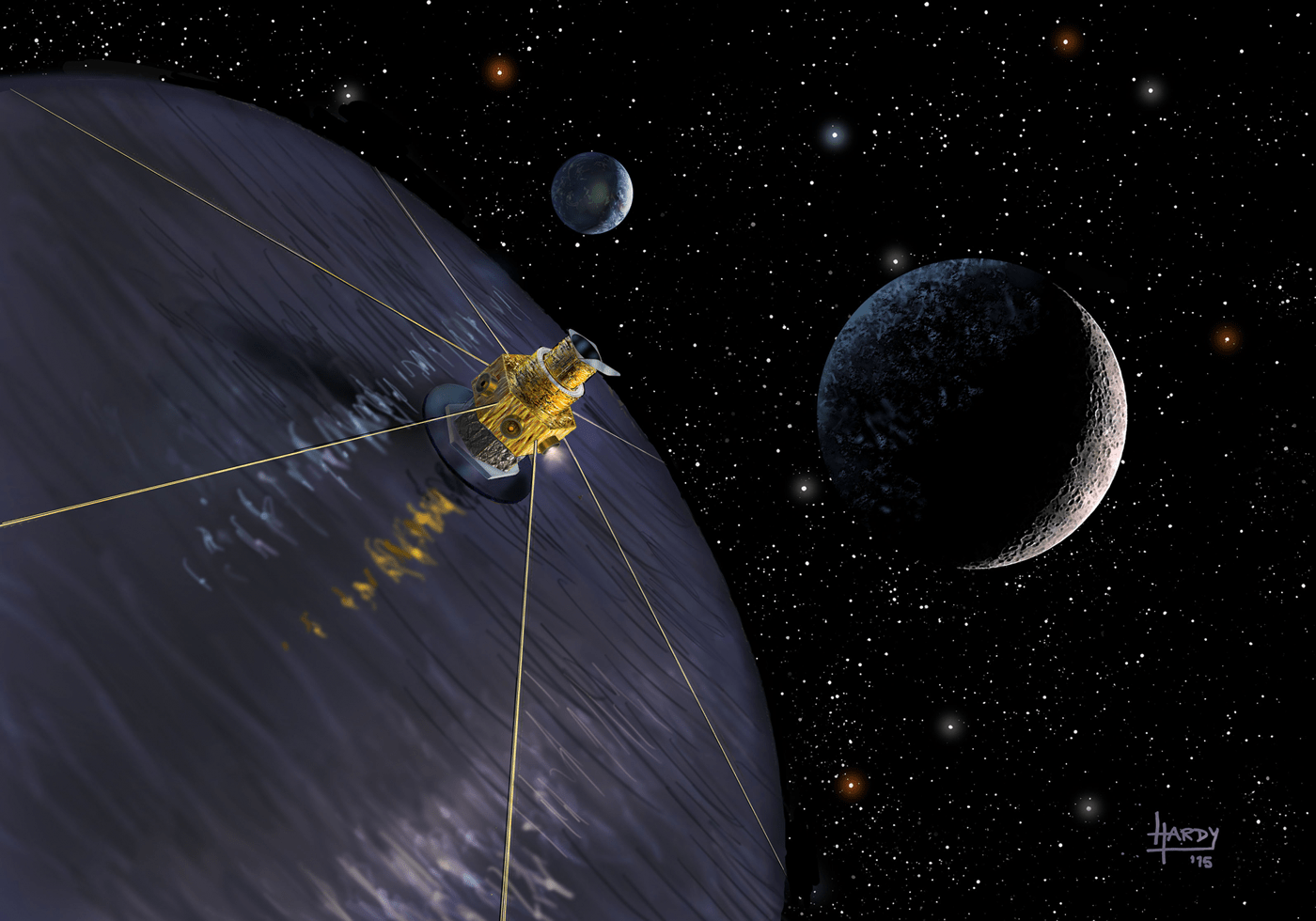On July 14th, 2015, the New Horizons mission made history when it became the first robotic spacecraft to conduct a flyby of Pluto. On December 31st, 2018, it made history again by being the first spacecraft to rendezvous with a Kuiper Belt Object (KBO) – Ultima Thule (2014 MU69). In addition, the Voyager 2 probe recently joined its sister probe (Voyager 1) in interstellar space.
Given these accomplishments, it is understandable that proposals for interstellar missions are once again being considered. But what would such a mission entail, and is it even worth it? Kelvin F. Long, the co-founder of the Initiative for Interstellar Studies (i4iS) and a major proponent of interstellar flight, recently published a paper that supports the idea of sending robotic missions to nearby star systems to conduct in-situ reconnaissance.
Continue reading “What Would be the Benefits of an Interstellar Probe?”


